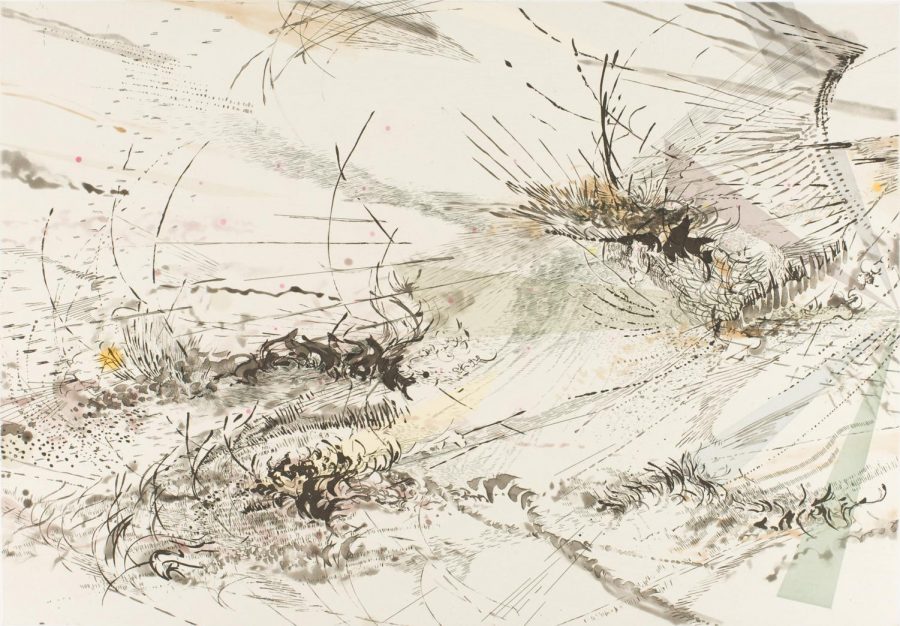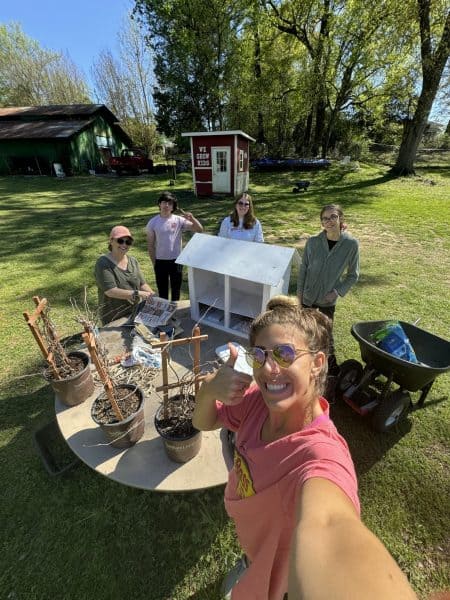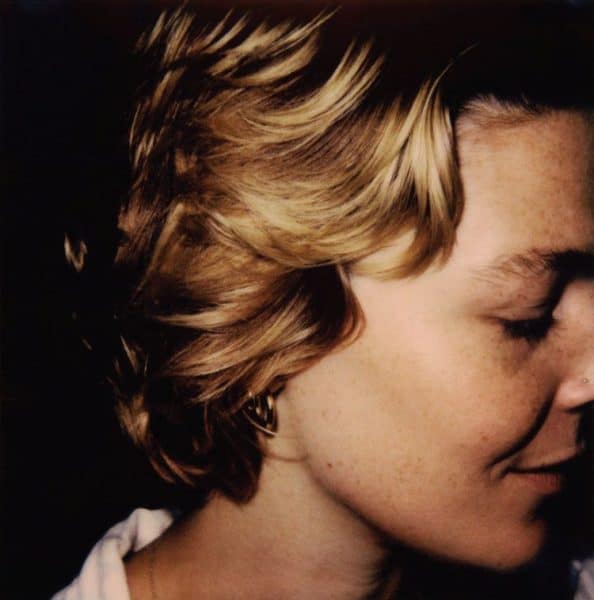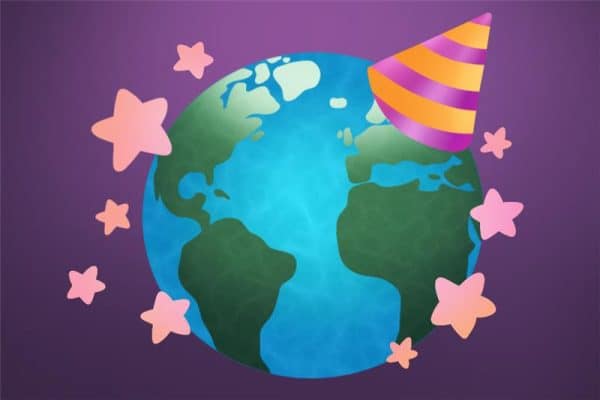Internationally acclaimed art visits Sarah Moody Gallery
March 7, 2019
Even in smaller pieces, the immense sense of space draws the viewer closer, entreats the eye to find the most finite of details. The sweeping superimposed lines seem enormous against the cityscapes, the abstract mountainsides and valleys dwarfed by billowing clouds.
“A lot of the people who come in here spend a lot of time looking at these prints in different ways, from far away and from quite close,” said William Dooley, director of the Sarah Moody Gallery of Art. “The fact that people can spend so much time looking at something so closely shows that they’re submitting themselves to the work. Somehow the space just impresses them enough to look longer and further.”
Julie Mehretu is an internationally acclaimed artist with works on display in major museums throughout the world. Born in Addis Ababa, Ethiopia, in 1970, her family moved to East Lansing, Michigan, when she was 7.
Near the turn of the century, Mehretu burst onto the art scene, quickly gaining international attention. She has received numerous awards throughout her relatively short career, including the MacArthur Fellowship “Genius Grant” and the National Medal of Art.
“Being a business student, I really don’t get much exposure to the arts, even though I’m interested in collecting furniture and art,” said Henry Kilpatrick, a sophomore majoring in finance and accounting. “It’s a cool cultural opportunity to be able to walk over to the Moody Gallery and see the works of a really popular international artist. … I watch the art auctions, and I saw one of the prints from this exhibit sell for four times the high estimate at Christie’s in New York.”
“Excavations” is an assortment of lithographs and screenprints, made through a complex process of layered printing.
This medium requires the artist to work with metal plates to create the tools of the printing process itself. They might create one piece in several layers, running one paper through the printing press several times with different plates.
“While they might look like freehand sketches, there’s actually a lot of tool work going on,” Dooley said. “It’s a complex process on one hand, but on the other hand it’s like a rubbing, simply depicting the irregular shapes on the plates. Sometimes artists will run each layer’s plate separately, approving each one before amassing them into the master print.”
Printing in layers allows for a great deal of visual information to be present and distinct in a small work, Dooley continued.
“In her pieces, [Mehretu] compresses complex emotions like confusion, rage, interruption, eruption, all in a tight form,” Dooley said. “Her abstracts are almost the artistic equivalent of orange juice concentrate before you add any water.”
Mehretu also incorporates schematics into the geometric figures of her paintings and lithographs. The plans for buildings, parks or other large public gathering spaces find their way into her intricate cityscapes.
With these elements and her layered style, Mehretu is able to communicate a wealth of ideas within each piece. She seems to lean into telling broader, more developed cultural stories as opposed to narrow representations of humanity through archetypal figures.
Extremely short vertical lines are another visual motif in Mehretu’s “Excavations” works. When used in great number, they give the viewer the impression of a vast forest, especially in a piece like “The Residual.” The lines are grouped in almost topographical patterns, implying tree-covered mountain sides into the otherwise urban scenes.
The illusion of elevation changes created by these elements of natural landscapes may be what give Mehretu’s works their impressive scale and engrossing sense of space. But her abstracts are not merely visually intriguing, they’re artistically groundbreaking.
“Mehretu’s work is, in some way, beyond the lineage of influence or inspiration,” said art historian William J. Simmons, a Provost Fellow in the Humanities at the University of Southern California. “One could certainly draw parallels to 19th-century photograms, European avant-gardes, the writings of Édouard Glissant or Toni Morrison and memes, but one need not reduce Mehretu’s work to so many transparent, exterior ideas in search of academic verification.”
The use of architectural drawings in Mehretu’s works speaks of an ambiguous and dynamic commentary on urban society. She has spoken several times of the “structural history” present in the included schematics, adding yet another layer of meaning and detail to the worlds that she depicts.
“Mehretu has added immense nuance to contemporary discourses of painting and identity politics,” Simmons said. “She reminded and continues to remind us of the corporeality of theory and the theoretical life of bodies, and in so doing has insisted for years on the centrality of activism to any theories of images or movement.”
In her abstractions, Mehretu provides an social commentary that is often opaque. Her messages are not shown in neat narratives, nor are there cultural symbols that viewers can easily interpret.
Instead, the stories of “Excavations” must be found by the observer. The characters of these civilizations must be imagined in all the complexity that we desire for our own stories. And perhaps by being drawn closer and led to look longer, we can find truths unbridled in the abstracts of Julie Mehretu.
The Excavations exhibition was made available to the Sarah Moody Art Gallery through Michael Kirkland, a longtime friend of Mehretu and a University of Alabama alumnus.
Julie Mehretu’s mid-career survey will open at the Los Angeles County Museum of Art in November. It will then travel to the Whitney Museum of American Art in New York City, the High Museum of Art in Atlanta and the Walker Art Center in Minneapolis through 2020.











